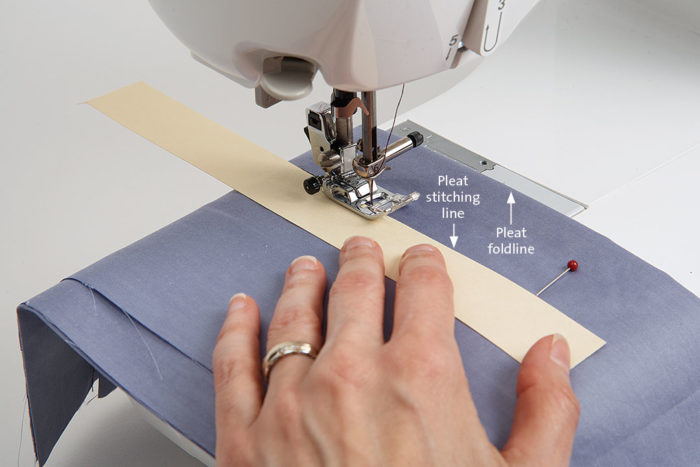The Art of Stitching
The skill of stitching has been practiced for many years by people all around the world. It is the process of connecting together two or more pieces of leather or fabric using a needle and thread to complete the joining procedure. This method is employed in the production of a wide variety of products, ranging from garments to utensils for the home; it is also a skill that has been handed down from one generation to the next.

This article will discuss the history of stitching, as well as the various types of stitches and how to get started with stitching. This guide will assist you in learning more about the art of stitching and how to produce beautiful projects of your own regardless of how much experience you have as a seamstress or whether you are just starting out.
The Origins and Development of Stitching
Evidence of stitching’s use may be found stretching all the way back to ancient Egypt and China. Stitching has been present for thousands of years. Stitching was primarily employed for utilitarian purposes in early civilizations, such as in the production of clothing and bedding. Stitching, on the other hand, evolved into more of an art form over the course of history and was used to make elaborate patterns and embellishments for textiles.
Stitching quickly became a favorite pleasure activity for ladies of all socioeconomic groups in Europe during the middle ages. It was not only a method of producing clothing and other essentials, but also a method of interacting with other women in society and forming bonds with them. Embroidery evolved into a highly regarded and popular art form over time, with intricate patterns being used to decorate items ranging from garments to tapestries.
The development of the sewing machine at the beginning of the Industrial Revolution completely changed the way that stitching was done. It not only made it possible to produce garments and other commodities in a quicker and more effective manner, but it also meant that stitching was no longer exclusive to people who had the financial means to pay for hand-stitched items.
Even in modern times, stitching remains a popular pastime as well as an art form. There is still a rising admiration for products that have been hand-stitched as well as the expertise that is necessary to create them, despite the fact that many people use machines to sew their clothing and other crafts.
Different Kinds of Stitches
When it comes to stitching, there are a wide variety of different sorts of stitches that may be employed, each of which has its own technique and purpose. The following are examples of some of the most often-used stitches in stitching:
The running stitch is a straight stitch that can be utilized for seaming, basting, and gathering. It is made by moving the needle and thread through the fabric in a linear fashion to produce the pattern.
The back stitch is a type of stitch that is used for seaming and top stitching. It is a more secure option than the running stitch. It is produced by first taking one stitch in the forward direction, and then taking one stitch in the reverse direction.
This stitch, known as the blanket stitch, is frequently utilized for completing the raw edges of fabrics, such as those found on tablecloths and blankets. It is produced by stitching through the fabric at an oblique angle with the needle and thread, which results in the formation of a loop that is longer than the fabric’s edge.
Chain stitch is a type of decorative stitch that can be used to outline motifs and create ornamental patterns on fabric. A chain-like effect is achieved by first constructing a loop with the thread and then running the needle through the loop to create the finished product.
The cross-stitch is a type of stitch that is utilized frequently in needlework. It results in a stitch that is diagonal in orientation and is utilized to fill in a design or pattern on fabric.
The French knot is a type of stitch that is utilized for the purpose of producing little, raised dots on fabric, such as those found on embroidered flowers or other designs. Before drawing it through the cloth, the thread is wrapped around the needle multiple times and then pulled through the fabric to make it.
The whip stitch is a type of stitch that is utilized in the process of seaming and hemming fabric. It is accomplished by making a whipping motion with the needle and thread as they are passed through the fabric.
These are only a few of the many different kinds of stitches that can be used during sewing. The key to successfully constructing items that are both beautiful and useful is in mastering these stitches and becoming proficient in their application.

